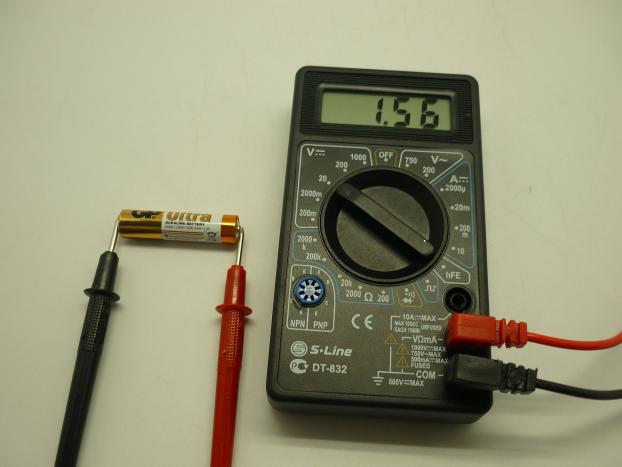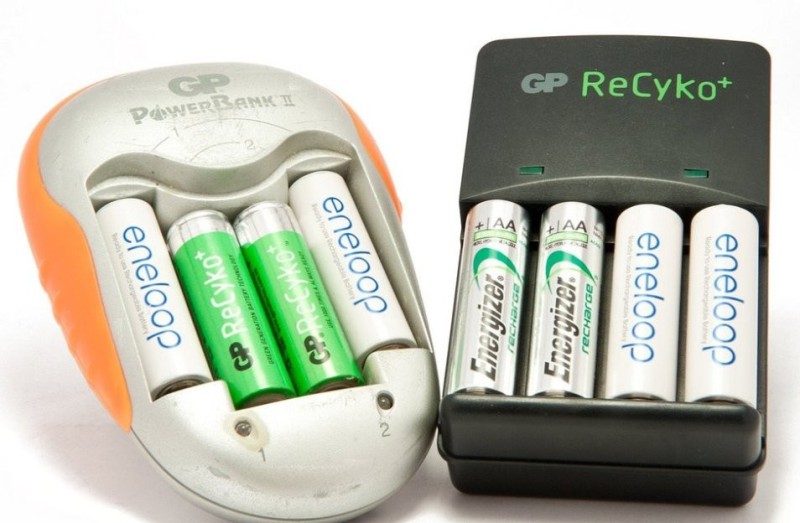How many volts are in the battery
Thanks to a regular battery, such a small element, we use various devices without connecting them to the network. We can safely say that the discovery that led to the emergence of this power source in some way turned our world upside down. However, when using this product, you should not forget about its one very important characteristic - voltage or, in other words, power.
The content of the article
What is battery voltage
Many people know that lithium batteries have a voltage of 3 volts, and alkaline and alkaline batteries have a voltage of 1.5. But what do these numbers mean? They show the current produced by one link of an electrical circuit. As we understand, such a low indicator does not cause any harm to our health, as well as to the device itself. If you need to get increased voltage, then you need to connect several elements into a circuit, that is, combine them into one.
This is interesting! For example, to obtain 6 V, you need to put 4 such batteries in series in a single circuit.
It is worth noting that some users use the term “power” instead of the concept of voltage. Although in fact such a concept does not exist. This criterion may vary depending on the type of power source, as well as the chemical elements that are included in its composition.
Why is it important to know the battery voltage?
As you can understand, voltage is the most important technical characteristic of a given battery. It shows how long the battery will last, as well as how suitable it is for a particular device.
It is worth considering that the battery begins to lose its power after some time. If the voltage drops, the device begins to work incorrectly or does not work at all. If the voltage is higher, for example, 3.2 V (lithium-ion), then such batteries will simply damage the device, which is designed for a lower voltage. Therefore, it is simply impossible to ignore “voltage” when purchasing this product.
This is interesting! Many people wonder why AA batteries say 1.2 volts, and whether it is enough for the normal functioning of the device, if they almost always say 1.5. The fact is that 1.2 V is the EMF (electromotive force) of a specific electrochemical pair - for this reason, these numbers are indicated on the case. The real voltage indicator in this case is almost always 1.5-1.55 V (provided that the product is new, of high quality, or fully charged).
How many volts are in finger-type and other types of batteries?
As we have already said, the voltage in the battery depends on two main factors:
- battery type;
- its composition.
For example, for a finger (size AA) it is 1.5. If we talk about nickel-zinc elements, then here it will be about 1.6 V, for nickel-cadmium and nickel-metal hydride elements it will be less than 1.4. However, there are also lithium-ion and lithium iron phosphate batteries, whose voltage is as much as 3.2 Volts. The problem is that such batteries can damage devices that are designed for 1.2-1.5 V.
The “tablets” have approximately the same voltage as AA: from 1.4 to 3 V. The voltage also depends on the size and composition (the largest for lithium CP, the smallest for zinc-air PR).
For galvanic batteries with AAA size, the “voltage” ranges from 1.2 to 3.7 V.
As we see, when buying a regular battery, it is not enough to tell the seller that you “need a battery.” In order for it to fit and be useful, you need to know its size and voltage.





